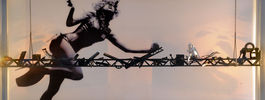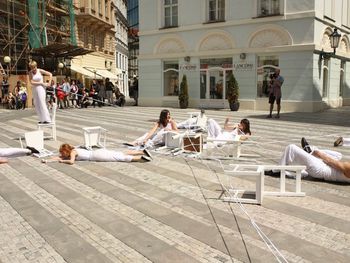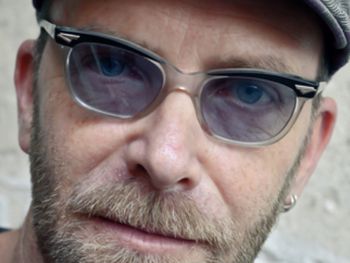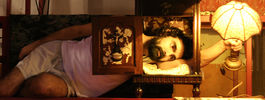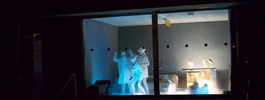
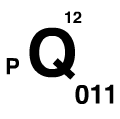
2015 » Romania » Performing Space
| Curator: | STEFANIA CENEAN |
| Authors of Theme: | STEFANIA CENEAN |
| Institution: | ICR PRAGA |
Gustav Klimt in ROMANIA/Gustav Klimt and Kunstlerkompanie
The lecture is based on how a temporary exhibition held in 2012 presented the special artistic heritage of the Romanian theatre: one of the first important works of the young artist Gustav Klimt, which was related to performance. The Romanian King Carol I asked Klimt to design the frescoes of the theatre at his summer residence at Peles Castle. This event included the first full-scale presentations of the work entitled Muses, Masks, Allegories and Emblems, by the artist who would go on to become the most exponent of the Vienna Secession movement. Thalia, Melpomene, Terpsichore and Calliope alternated with the symbols of Apollo, Dionysus and the Seasons. Musical instruments and weather symbols were painted on theatre walls, dictated by the esthetics and new political conditions of the time. The works were accomplished between 1883 and 1886, within the Kunstlercompanie, and herald the Secession movement and Klimt's later work, 16 years later. The works of Caragiale, the most important Romanian playwright, were produced here.
We are looking at the 2012 event as a means of showing what was unknown due to the political situation during the Communist era. There is always something “contemporary” about the Peles Castle, as information about the art inside it was hidden for a long time during that time. It has taken time to bring these works to the attention of the public, so we now have an opportunity to identify different political issues involved in the making, hiding and revealing of this theatrical space.
The Klimt exhibition shows details of a forgotten theatrical space within a castle that was technologically advanced for its time: the first fully electrified castle in Europe (with its own electric power generator on the Peles River), an elevator, central heating and water-filter vacuum cleaner, running water and ventilation systems. It was the creation of Johannes Schultz, Carol Benesch and Czech architect Karel Liman, who was appointed the Romanian Royal Family's court architect. Queen Mary talked about how Liman “never neglected details and soulfully designs everything”. We try to connect to the specificity of a Czech palace with a castle space designed in Romania by a Czech architect and Klimt's works for the castle's theatre.
